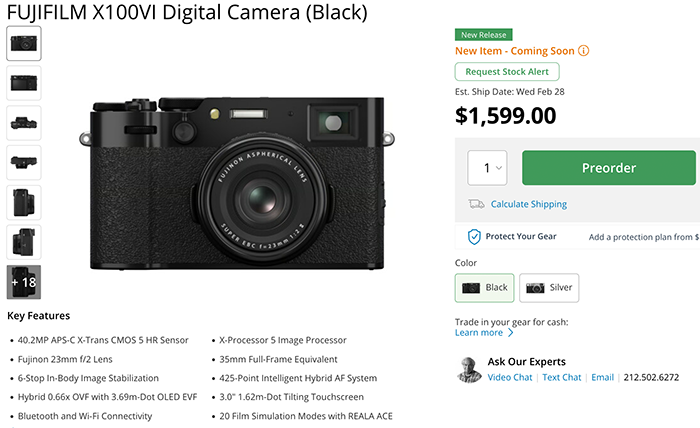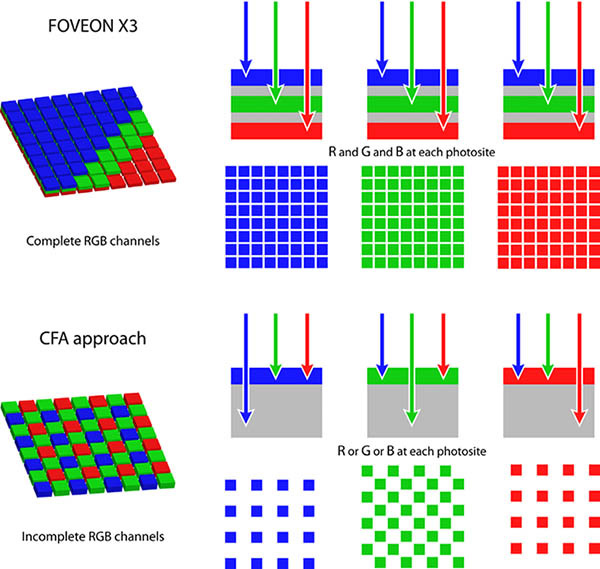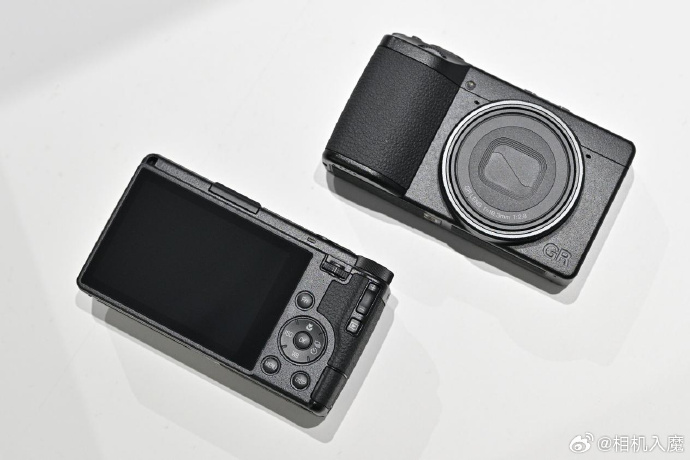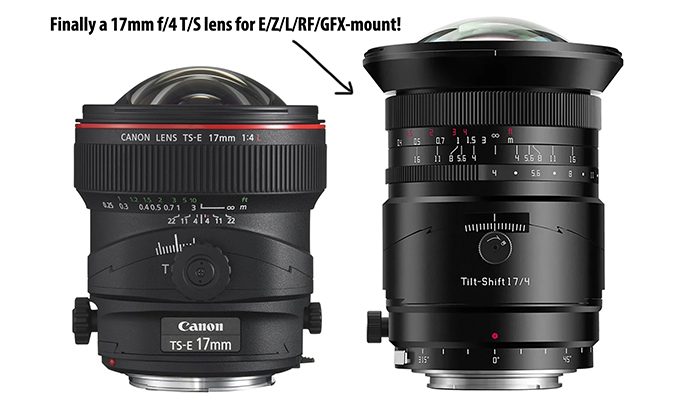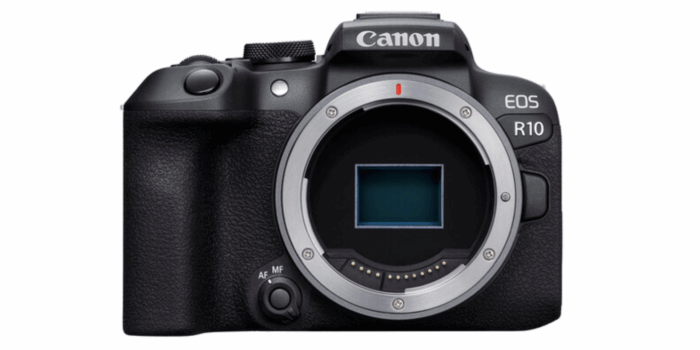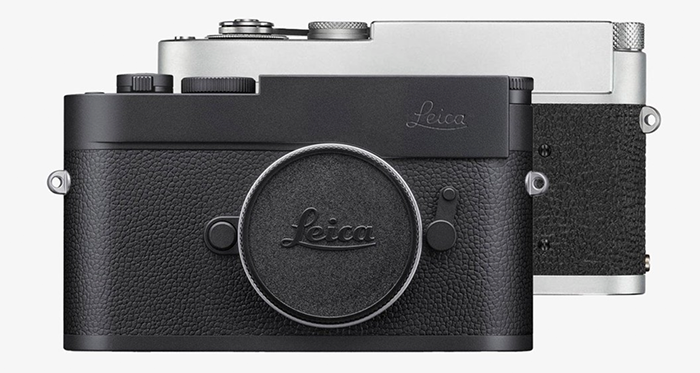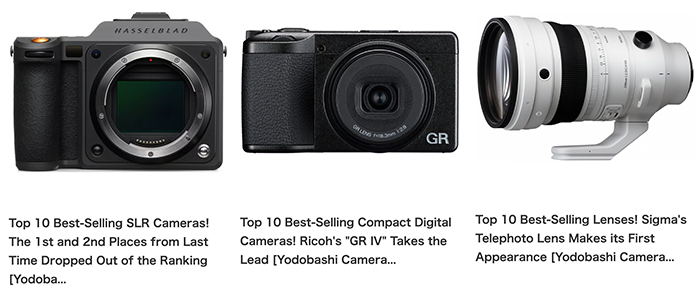
Press text:
realme and RICOH IMAGING to Announce Official Strategic Partnership on Smartphone Imaging, Teasing the Industry’s Deepest Imaging Collaboration in Street Photography
realme and RICOH Imaging to announce long-term strategic partnership in smartphone imaging.
Four years in the making, this imaging collaboration will debut with the GT 8 Pro series and boasts deep customization to enhance every shutter press for users and co-promote street photography culture.
Shenzhen, CHINA – October 10, 2025 – realme, the world’s fastest-growing smartphone brand, today announced a strategic partnership with RICOH IMAGING COMPANY LTD., set to officially launch on October 14 in Beijing, China.
After four years of preparation, this collaboration is positioned as one of the industry’s most profound imaging partnerships. To celebrate, the two companies released the “4 Years in One Snap” video, highlighting four years of co-engineering and teasing features of their first co-created product, designed specifically for the realme GT 8 Pro.
A Joint Journey Starting from Mobile User Pain Points
In the video, realme Vice President and CMO Chase Xu discussed with Kazunobu Saiki, General Manager of Camera Business Division at RICOH IMAGING COMPANY LTD., the elements that brought two brands together, which grounded on a shared understanding of user demands. realme saw that young people struggled with two main pain points in mobile photography: increasingly similar hardware and over-processed algorithms that stripped photos of authenticity. “People are getting tired of the same ‘perfect style’ photos. More and more, everyone wants to show their own style, instead of copying the same look.” Chase Xu explained.
The RICOH GR series has been known as a “street photography hero” because of its sharp quality, portability, and quick response. “That’s exactly what we value,” Xu said. Saiki echoed this: “RICOH Imaging and realme share a base of young, creative users. Our collaboration is not only about innovation in products, but also about culture to inspire a new generation to enjoy street photography and discover the beauty of everyday life.”
This shared spirit is why the two brands came together: to give young people tools that allow for authentic capture and personal expression, carrying the tradition of conventional camera into mobile photography.
The GT 8 Pro Brings GR Heritage to Young People’s Pocket
Through extensive customizations between realme and RICOH GR’s R&D teams, the GT 8 Pro offers an unprecedented imaging experience, achieving groundbreaking innovations in optical capabilities, color algorithms, imaging tones, and a tailor-made UI design that mimics the feel of a RICOH GR camera.
This device seamlessly blends nearly 30 years of RICOH GR heritage, including its iconic film-like aesthetic and five classic image tones, with realme’s strengths in mobile imaging and profound insights into the preferences of current generations, creating a unique synergy that advances street photography culture through joint development and co-engineering. More than just a competition of specifications or uniform filters, it infuses mood and emotional warmth into every photo, encouraging young users to document their daily lives with authenticity.
“Snap By No Rules”
This partnership isn’t just about a product, it’s about extending street photography culture into the mobile era. 4 Years in One Snap marks a milestone, encouraging young people to freely record and express their lives. “It’s a fresh, young way to take photos. You don’t wait or try to make the perfect shot but just press the button and capture the moment — Snap by No Rules,” said Xu.
“Through this collaboration, we hope that even those who don’t usually use dedicated camera would experience snapshot photography with the GT 8 Pro,” Saiki noted.
The journey now heads toward October 14, when realme and Ricoh GR’s partnership will make its official debut, ushering in a new era of mobile street photography.
About realme
realme is a global consumer technology company disrupting the smartphone market by making cutting-edge technologies more accessible. It provides a range of smartphones and lifestyle technology devices with premium specs, quality, and trend-setting designs to young consumers. Established by Sky Li in 2018, realme has become one of the top 5 smartphone players in 30 markets globally in just three years, and realme has entered multiple markets worldwide, including China and Southeast Asia, South Asia, Europe, the Middle East, Latin America, and Africa, and has a global user base of over 300 million. 2024 is the year of rebranding for realme with its new slogan, “Make it real.” Under the new brand spirit, realme will focus more on young users than before and bring real, clear, and tangible benefits to their lives. For more information, please visit www.realme.com.
